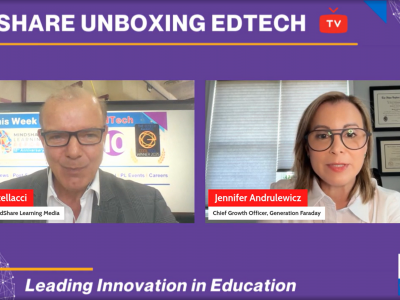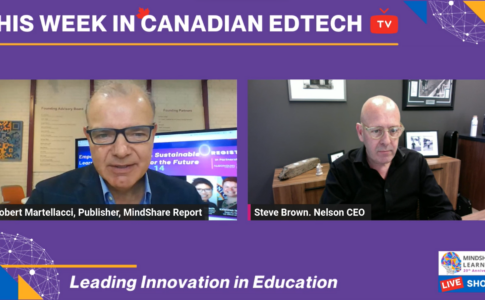Reviewed by David Marsi, AVP, Learning & Development, Invesco Trimark
Gary Woodill is one of the foremost subject matter experts on learning and emerging technologies. I first met him and purchased a copy of his new book (The Mobile Learning Edge: Tools and Technologies for Developing Your Teams, ©2010) at last fall’s CSTD (Canadian Society for Training & Development) conference. Intrigued from my first skim through the book which I must admit seemed a bit formidable, I also signed up to attend an intimate CSTD Toronto Chapter Event on March 10, 2011 in which Gary spoke to an audience of approximately 50 learning practitioners. I walked away learning much, and two simple messages became clear to me.
1. Mobile learning is not about technology or devices, it’s about the radical idea that the learner is moving / in motion. Traditionally, “education” and “training” has been immobilizing (person in seat/at computer/in classroom), and much of technology until recently has simply supported and complemented this (i.e., virtual classroom, eLearning). The explosion of devices such as mobile phones and tablets now provide new possibilities for learning, accelerating at a pace we can hardly track. Gary, in his March 10th presentation, outlined 16 new possibilities for mobile learning including everything from just-in time information retrieval (QR codes), augmented reality (www.metaio.com), personal media production (creating podcast from your mobile phone), OOH (out of home environmental interaction), and haptics. If any of this sounds Greek to you, I promise you are not alone. For me, the very concept that the “physical location” is rendered almost insignificant to the learning process is indeed radical. As learning practitioners, whether corporate or education, the world is transforming right before us. This complex system referred to as a “mobile learning ecosystem” is brilliantly outlined in plain language in Gary’s new book. The book provides a detailed glimpse into the past, present, and future of mobile learning — a book less about the technology itself; instead a resource for providing decisionmakers with key considerations as they embrace and determine their organization’s strategy in integrating technology with learning practices.
2. There are no “standards” – we are in the midst of a “learning technology” gold rush. Prototypes are being developed. There are thousands of different devices in the marketplace and multiple operating systems and mobile browsers within the universe. The options and question marks are many – i.e., from a development perspective open standard or proprietary, to equip today’s salespeople with iPads or alternative devices? This not only makes it challenging for leaders in education and business, but also makes it among the most interesting and exciting times for all of us. I am re-reading the book as I write this, with much more amazement, energy and appreciation. It takes some effort to absorb, yet I think this is reading that should be on everyone’s list as a handy navigator to what lies immediately ahead of us. (Gary Wooddill is CEO of i5 Research, Inc. headquartered in Cobourg, Ontario – www.i5research.com).










